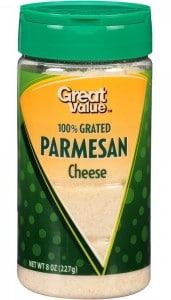Last updated on August 19th, 2022 at 10:42 pm
 Recently, we have seen a few headlines about product and labeling lawsuits. Which led me to ponder how much do you trust product labels. It’s long been an issue in the past with products claiming “natural” on the label when in fact the product is far from it. Now I know that not everything in the history of forever can be organic, natural, and safe. My issue is not so much with products containing chemicals, my issue resides with the fact that companies will put just about anything on a label to lure a consumer into thinking they are getting something they are not.
Recently, we have seen a few headlines about product and labeling lawsuits. Which led me to ponder how much do you trust product labels. It’s long been an issue in the past with products claiming “natural” on the label when in fact the product is far from it. Now I know that not everything in the history of forever can be organic, natural, and safe. My issue is not so much with products containing chemicals, my issue resides with the fact that companies will put just about anything on a label to lure a consumer into thinking they are getting something they are not.
The latest one I read was regarding parmesan cheese and those products containing cellulose. Some are calling it “wood pulp”. Cellulose is a vegetable derivative typically added to grated cheeses and shredded cheese products to prevent them from sticking together. It’s harmless in small amounts. But I have a problem with when those products use more than they should or worse, claim a product to be 100% of one thing when that isn’t so much the case. A lawsuit has been filed against Walmart for their Great Value brand parmesan cheese claiming 100% grated parmesan when tests revealed it contained 10% cellulose.
Johnson & Johnson has also been dragged to court over their talcum powder. A family sued the company after a family member died of ovarian cancer. The jury ruled in favor of the family and awarded substantial damages.
There is a fine line between marketing a product and misleading your customers. Shopping with brands that support transparency and whose mission is related to providing a healthy product are the ones who deserve our business. Big corporations are a source of jobs and cash flow for our country, which is important, but they must honestly label their products so that consumers can make better decisions.
With that said, it should be common practice to turn over the product you’re buying and read the label these days. But perhaps that is just my years of distrust of product labels. There is a large percentage of the population that don’t read ingredients lists and probably because they can’t understand what half of the ingredients are. However, I still stand firm that the claims on the front of packages should be truthful.
Years ago when Bisphenol-a in baby products news started to surface, I found it completely mind-blowing what kind of research I had to do, and still do, to find safer products. You shouldn’t have to read studies and health journals to buy safe products. But in doing so, we make change.

